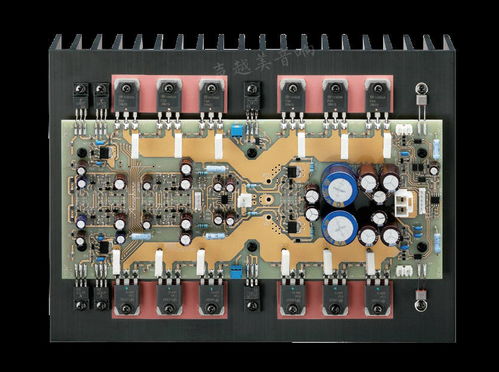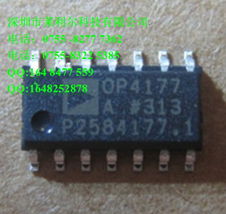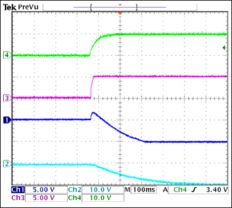Summing Op-Amp Circuit: A Comprehensive Guide
Understanding the summing operational amplifier (op-amp) circuit is crucial for anyone delving into the world of analog electronics. This versatile circuit allows you to combine multiple input signals, making it a staple in audio mixers, data acquisition systems, and many other applications. In this article, we will explore the intricacies of the summing op-amp circuit, its components, working principles, and practical applications.
Components of a Summing Op-Amp Circuit

The summing op-amp circuit consists of the following key components:
- Operational Amplifier (Op-Amp): The heart of the circuit, the op-amp provides the necessary gain and buffering capabilities.
- Input Resistors (R1, R2, R3, …): These resistors determine the gain and the input impedance of the circuit.
- Feedback Resistor (Rf): This resistor connects the output of the op-amp to its inverting input, providing the necessary feedback for the circuit to function correctly.
- Input Signal Sources: These can be any type of signal, such as voltage, current, or even another op-amp output.
Here is a table showing the typical values for these components in a summing op-amp circuit:
| Component | Typical Value |
|---|---|
| Operational Amplifier | LM741, LM358, or similar |
| Input Resistors (R1, R2, R3, …) | 10k惟 |
| Feedback Resistor (Rf) | 100k惟 |
Working Principles of a Summing Op-Amp Circuit

The summing op-amp circuit operates based on the principle of virtual grounding. When the non-inverting input of the op-amp is connected to ground, the inverting input is virtually grounded due to the high input impedance of the op-amp. This means that the voltage at the inverting input is equal to the voltage at the non-inverting input, which is ground in this case.
As a result, the voltage at the inverting input is the sum of the voltages at the input terminals of the op-amp. The input resistors (R1, R2, R3, …) determine the gain of each input signal. The feedback resistor (Rf) determines the overall gain of the circuit.
Here is a simplified equation representing the output voltage (Vo) of the summing op-amp circuit:
Vo = -Rf/R1 V1 – Rf/R2 V2 – Rf/R3 V3 – …
In this equation, V1, V2, V3, … represent the voltages at the input terminals of the op-amp, and R1, R2, R3, … represent the input resistors.
Practical Applications of a Summing Op-Amp Circuit

The summing op-amp circuit finds applications in various fields, including:
- Audio Mixers: Summing multiple audio signals to create a single output, allowing for easy mixing and balancing of different tracks.
- Data Acquisition Systems: Combining multiple sensor outputs to create a single signal for further processing.
- Signal Processing: Implementing various signal processing algorithms, such as filtering, amplification, and modulation.
- Control Systems: Designing feedback loops and other control systems that require the combination of multiple signals.
One practical example is the use of a summing op-amp circuit in an audio mixer. In this application, the circuit combines multiple audio signals from different sources, such as microphones, instruments, and pre-amplifiers. The resulting mixed signal can then be sent to a power amplifier or recording device.
Conclusion
In conclusion, the summing op-amp circuit is a powerful and versatile tool in the field of analog electronics. By understanding its components, working principles,






